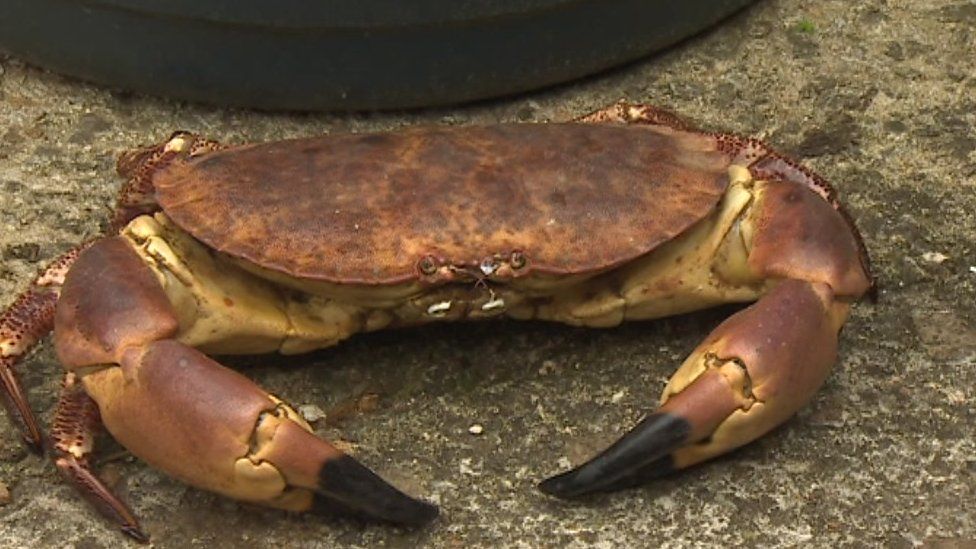
Maryland is already well-known for its crabs, but scientists at the University of Maryland want to give that reputation a completely new significance. Researchers from the school’s Center for Materials Innovation discovered that the shells of crustaceans like crabs and lobsters contain a substance called chitin that, when mixed with zinc, may be used to charge batteries.
Restaurants that have no other use for them frequently discard large quantities of the chemical-filled crustacean shells. The search for more environmentally friendly batteries, however, could benefit greatly from this waste, according to researchers.
The typical lithium-ion batteries used in the majority of our cellphones and computers can take hundreds of thousands of years to degrade after being consumed, not to mention the terrible environmental effects of lithium extraction.
Chitin-zinc batteries were 99.7% effective after being used for more than 400 hours
However, the zinc from these shellfish batteries may be recycled because they are biodegradable and can break down in the soil in just five months.
According to The Guardian, a study from the University of Maryland discovered that chitin-zinc batteries were 99.7% effective after being used for more than 400 hours and that these batteries could probably be made at scale for a reasonable price.
There will be a huge need for inexpensive, green batteries as the globe moves away from unclean energy sources like coal and methane gas. If we want to reduce our reliance on lithium-ion batteries, crustaceans might be able to help.
Graham Newton, a professor of materials chemistry at the University of Nottingham who researches sustainable battery technology, expressed cautious optimism about the finding.
“When you develop new materials for battery technologies there tends to be a significant gap between promising lab results and a demonstrable and scalable technology.”
